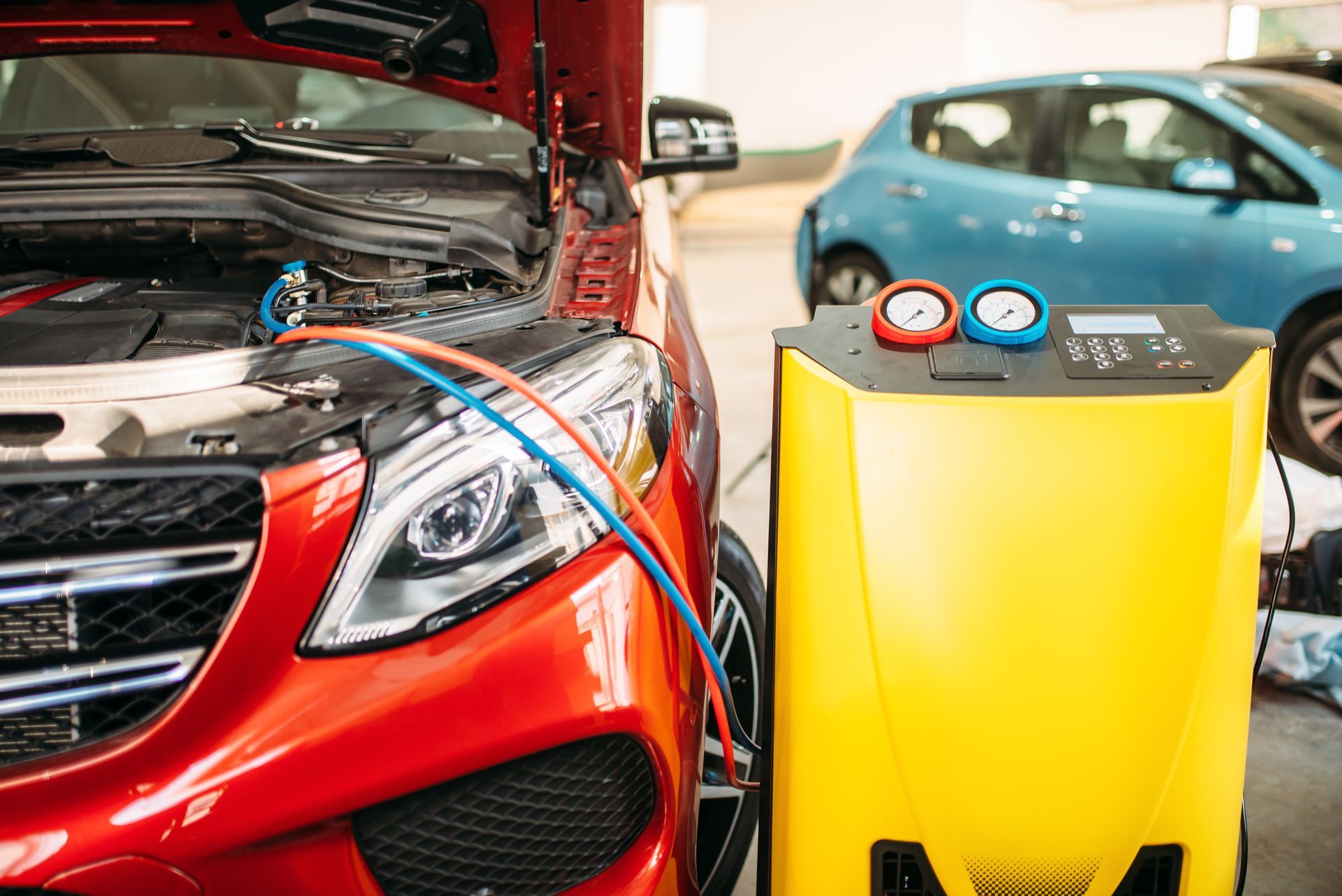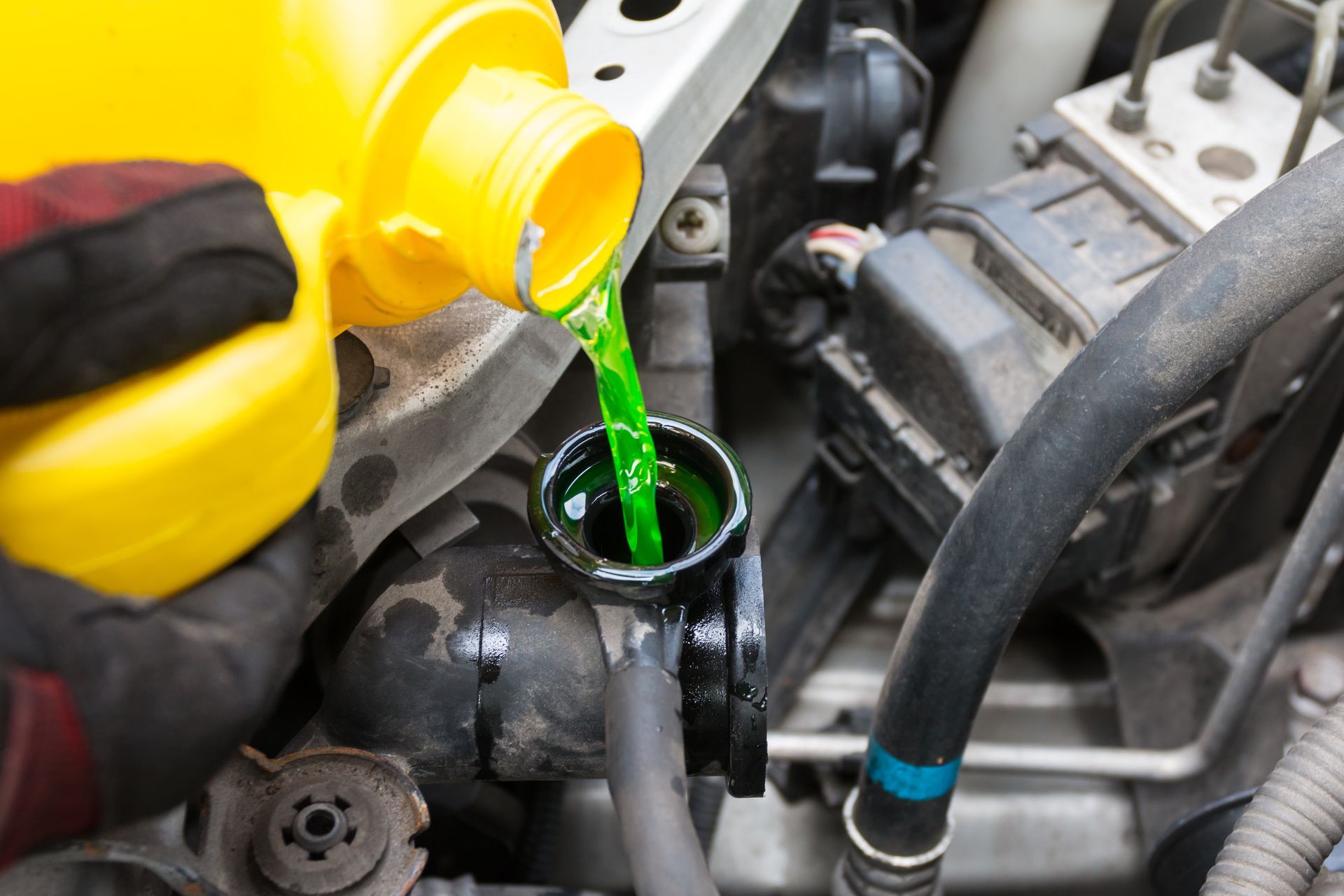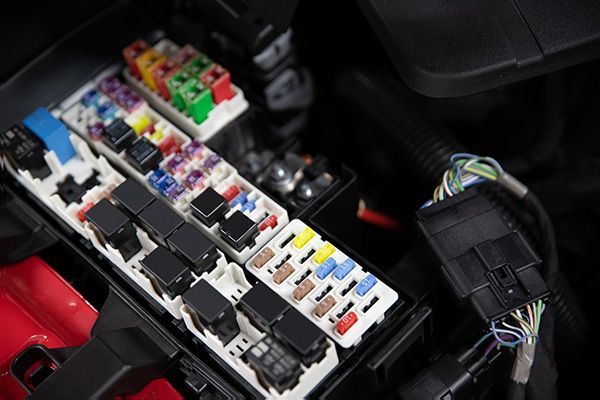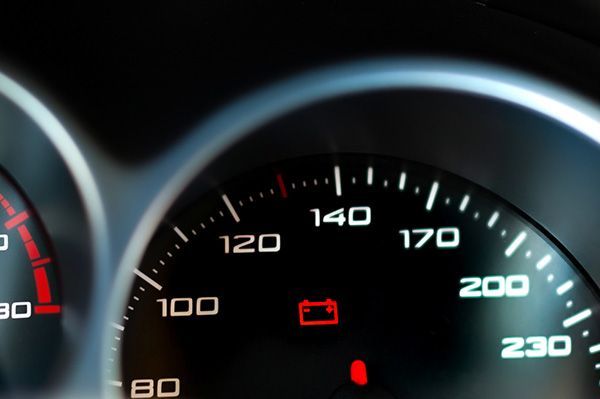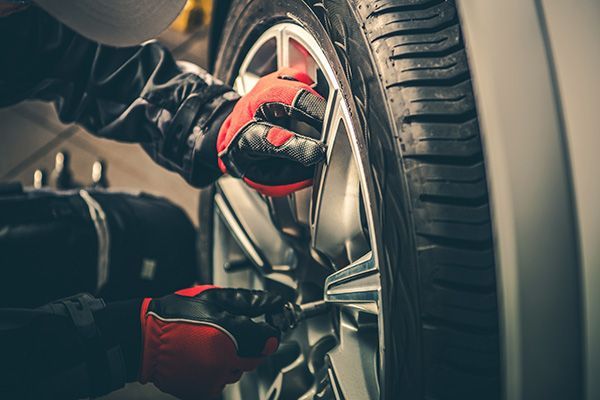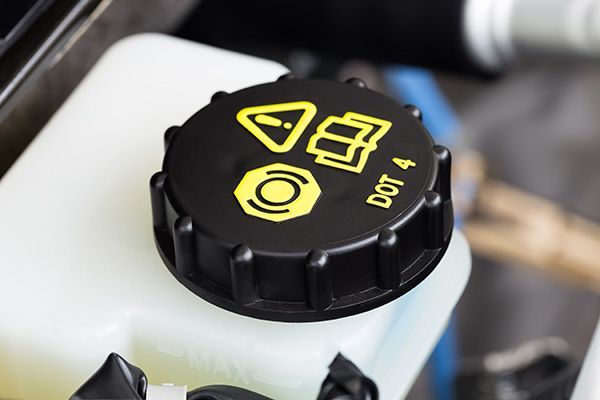Driving Green - strategies for buying, driving, and maintaining a motor vehicle with minimal environmental impact.
Most people don’t really consider the lifetime costs of owning a car, let alone its effect on the environment. The purchase price comes out of your pocket, but many of the other costs are shared by everyone, especially the effect they have on our environment. In this article I am trying to provide you a roadmap with different routes selected with a common goal in mind: getting from place to place with the least impact on our environment.
The environmental penalty for driving a conventional car reads like some sort of existential horror story. Burning one gallon of gas consumes all the oxygen in 11,000 gallons of air and produces 20 pounds of CO2. (That’ll tell you how hard your air filter works!) The average passenger car in the US generates 5.26 tons of CO2 driving 11,500 miles in one year. The numbers become stupefying when one considers that there are one billion cars worldwide on the road today!
If you are buying a new car and live in an area where electricity comes from renewable sources like sun, wind and water, you should consider buying an all electric or plug-in hybrid.
If your electricity comes from coal, it’s a wash. The coal burning penalty is so great that it overcomes any CO2 savings from driving a plug in electric, which is why coal has such a bad reputation. In that case, a straight hybrid is the best choice. It makes its own electricity and generates a smaller amount of CO2 than charging a fully electric car with coal or a straight gas engine car.
If those choices don’t work for your dream machine, fuel economy is a reliable predictor of CO2 emissions. The less gas consumed, the less CO2 is pumped into the atmosphere. But of course the reality of getting around looks a lot different. Ideally we live close enough to walk or cycle to our jobs, school, and the store, or we are able to take advantage of public transportation (which is a joke around here if you have ever traveled to Europe). These are the most environmentally friendly ways to get around.
And then there’s money. If you ask your accountant, he will tell you that the least expensive car you can own is the one you are driving right now. Chances are it’s paid for. Its value takes a dive the moment it’s driven off the lot, and doesn’t come back. But if it is running well and passing its biennial smog inspection, there are some compelling reasons to keep driving it, even if the tailpipe emissions are greater that a hybrid or electric car.
The biggest reasons revolve around a car’s overall carbon footprint . The tail pipe emissions are only part of the story. The manufacturing processes used to make a vehicle, while far more efficient than twenty or thirty years ago, still consume plenty of power and generate their own sort of hazardous wastes. And then when our cars finally pass on to that highway in the sky (San Luis Auto Salvage), they generate a whole different and more difficult to control waste stream. (For an interesting discussion of the European Union’s recycling attempts and problems, see https://www.politico.eu/article/europes-ghost-car-fleet-undermines-eu-recycling-targets-illegal-scrappers-commission-circular-economy/ )
So here’s the bottom line: walk or ride a bike if you can. If you can’t, because California generates a substantial amount of power from renewable, a fully electric vehicle is the greenest car you can drive, with huge points if you have solar on the roof of your house. A plug-in hybrid is choice number two and a conventional hybrid number three. For those of us who are not in the market for a new car, a good part of your current cars carbon footprint is water under the bridge, so if it is serving your needs well, best to just take care of it and keep driving it. If you need to replace it, the better the fuel economy, the lower a cars lifetime carbon footprint.
One strong consideration in choosing a car should be the manufacturing and disposal costs to the environment. For example, Subaru’s plant here in the US and it’s two Japanese plants have not sent any waste at all to a landfill in 12 years, with Toyota and General Motors close behind ( https://www.rubiconglobal.com/blog-companies-zero-waste/ ) So even though Subaru doesn’t make a hybrid or electric car right now, it is overall a very green product.
Lots to think about. Writing this article reminded me that I was going to order some grocery bag size panniers for my “town” bike. For a really in depth look at the chemistry and physics behind automotive carbon dioxide emissions see: https://www.motor.com/magazine-summary/what-to-know-about-co2-emissions-january-2019/.

